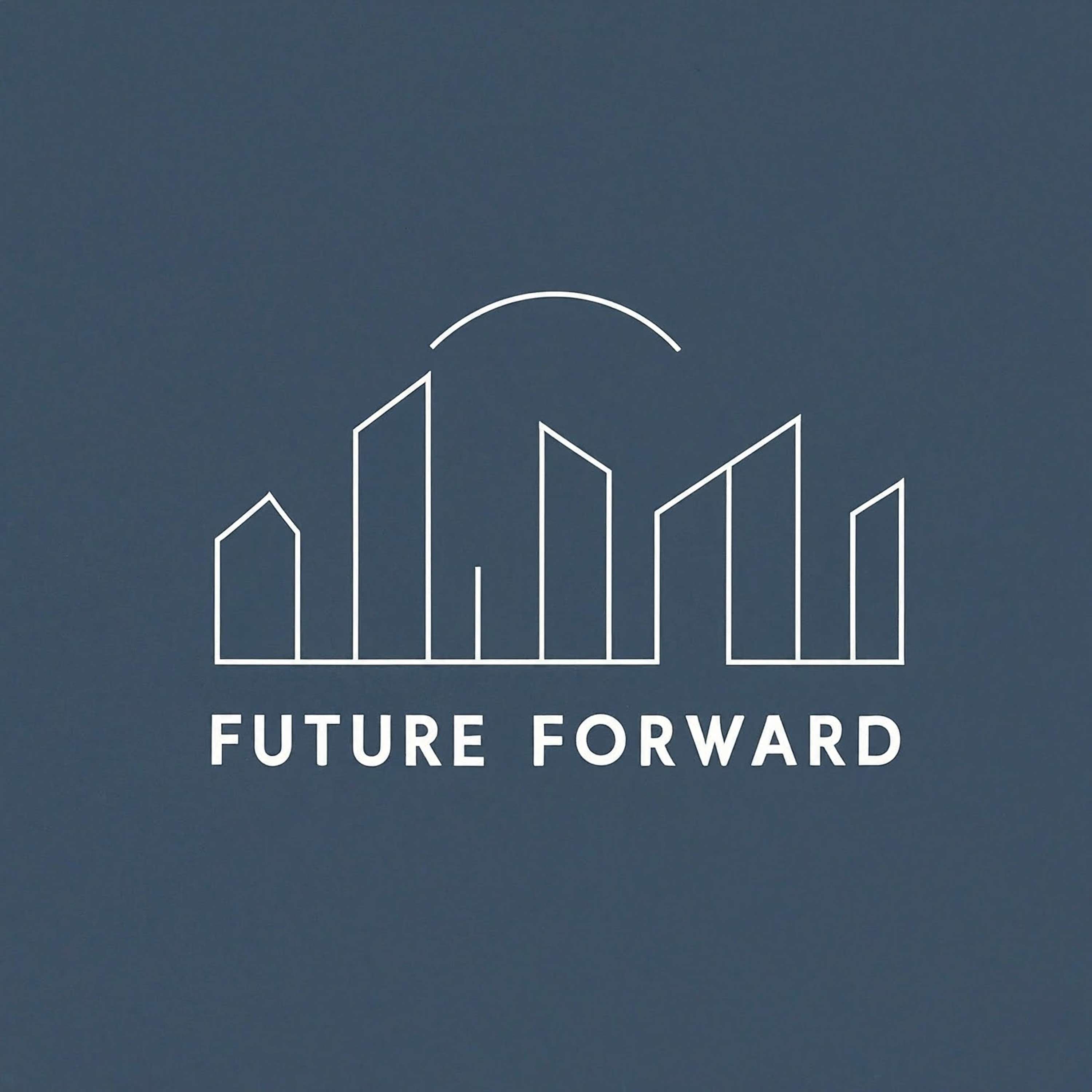Show Notes
In this episode, Seyi and Reza discuss the future of sports in cities. They explore the historical context of sports in urban landscapes and how sports have shaped communities. They also examine the economic impact of sports on cities and the challenges of hosting major events. The conversation highlights the importance of inclusive and accessible sports facilities, community-centered sports development, and climate-resilient sports infrastructure. They emphasize the role of sports in fostering social cohesion and creating vibrant, walkable, and economically resilient cities. The episode concludes with a call to observe and evaluate the sports facilities in your city and ensure they are inclusive and welcoming to all.
keywords
future of sports, cities, urban landscapes, economic impact, inclusive sports facilities, community-centered development, climate-resilient infrastructure, social cohesion
takeaways
- Sports have played a central role in cities throughout history, shaping urban landscapes and fostering social cohesion.
- The economic impact of sports on cities is a topic of debate, with studies showing localized benefits but questions about broader metropolitan impact.
- Inclusive and accessible sports facilities are crucial for creating vibrant and diverse communities.
- Community-centered sports development and participatory planning can help foster a sense of ownership and engagement in sports facilities.
- Climate-resilient sports infrastructure is needed to adapt to changing climate conditions and contribute to the city's goals.
- Sports facilities serve as important third spaces that bring communities together outside of politics and religion.
- Observing and evaluating the inclusivity of sports facilities in your city is a crucial step in creating thriving and welcoming communities.
titles
- Community-Centered Sports Development
- The Economic Impact of Sports on Cities
Sound Bites
- "Sports have been central cultural experiences in cities throughout history."
- "Sports facilities foster a sense of community identity and serve as third spaces for social interaction."
- "Inclusive and accessible sports facilities are essential for fostering diversity and belonging in communities."
Chapters
00:00 Introduction and Background
03:08 The Historical Significance of Sports in Urban Landscapes
07:53 The Current State of Sports in Cities
11:24 The Importance of Youth Sports and Inclusive Spaces
18:33 Future Trends for Sports in Cities
26:11 The Role of Sports as a Third Space
28:57 Call to Action and Conclusion




